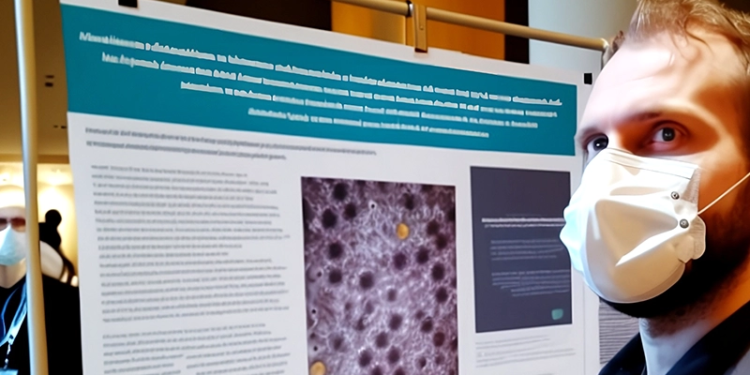Researchers from the Imperial College of London, United Kingdom, have created a device, called the GT3D, that could allow people with multiple sclerosis, Parkinson’s, muscular dystrophy, spinal cord injuries, or amputations to interact with their computers and surroundings using just their eyes. The researchers believe that this could allow people to control an electronic wheelchair simply by looking where they want to go or control a robotic prosthetic arm.

Constructed from off-the-shelf materials that cost less than $40, the GT3D can work out exactly where a person is looking by tracking their eye movements, allowing them to control a cursor on a screen just like a computer mouse. The technology comprises two fast video-game-console cameras that are attached outside of the line of vision to a pair of glasses. The cameras constantly take pictures of the eye, working out where the pupil is pointing, and from this the researchers can use a set of calibrations to determine where a person is looking on the screen. The researchers are also able to use more detailed calibrations to determine how far into the distance the subjects were looking.
To demonstrate the effectiveness of the eye-tracker, the researchers had subjects play the video game Pong. In this game, the subjects use their eyes to move a bat to hit a ball that was bouncing around the screen-a feat that is difficult to accomplish with other read-out mechanisms such as brain waves, said the researchers. The study and results were published July 12 in the Journal of Neural Engineering.
The GT3D system has also solved what is known as the “Midas touch problem.” Rather than clicking on an onscreen item by staring at an icon for a prolonged period or blinking, the latter of which is a natural behavior and happens unintentionally, the researchers calibrated the system so that a voluntary wink would represent a mouse click.
“We have achieved two things: we have built a 3D [three-dimensional] eye-tracking system…and used it to build a real-time brain machine interface that allows patients to interact more smoothly and more quickly than existing invasive technologies…,” said Aldo Faisal, PhD, a lecturer in neurotechnology at Imperial College’s Department of Bioengineering and the Department of Computing.
Editor’s note: This story has been adapted from materials provided by the Imperial College of London.




